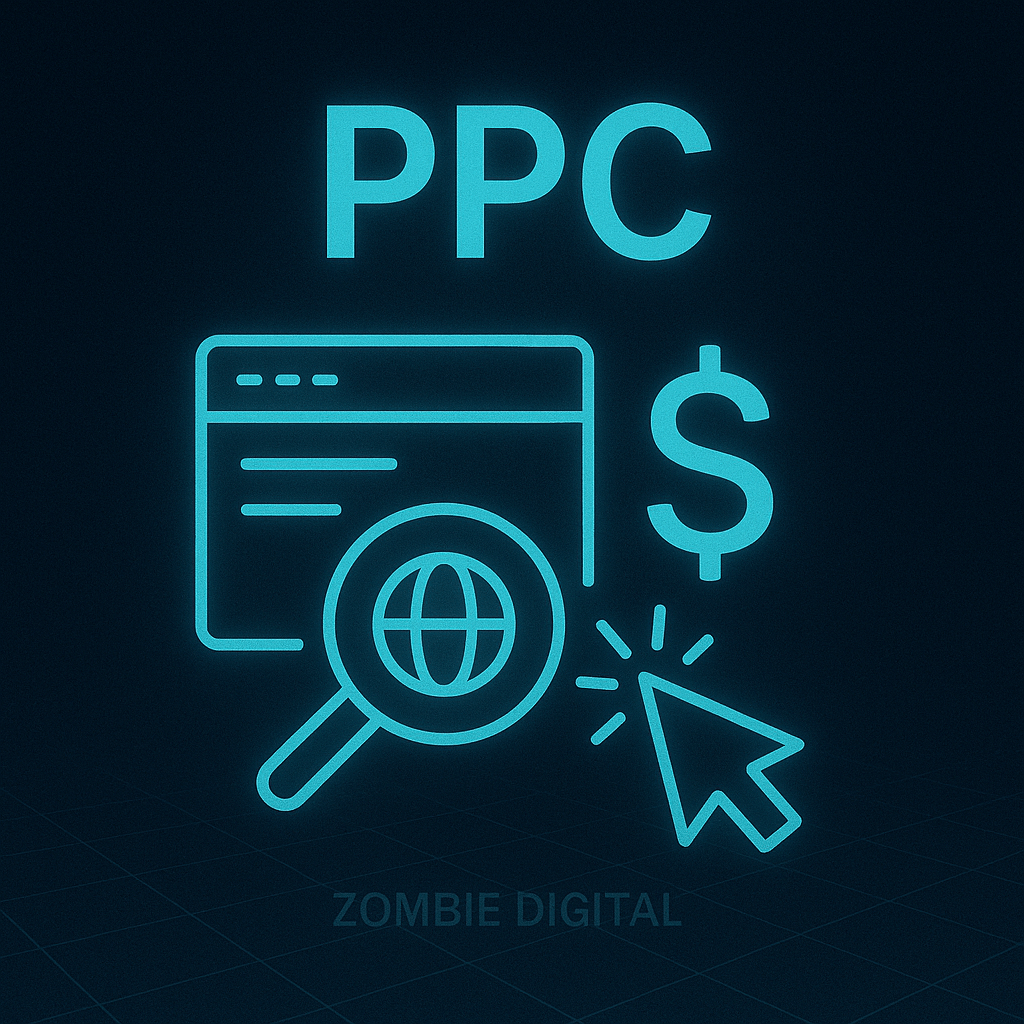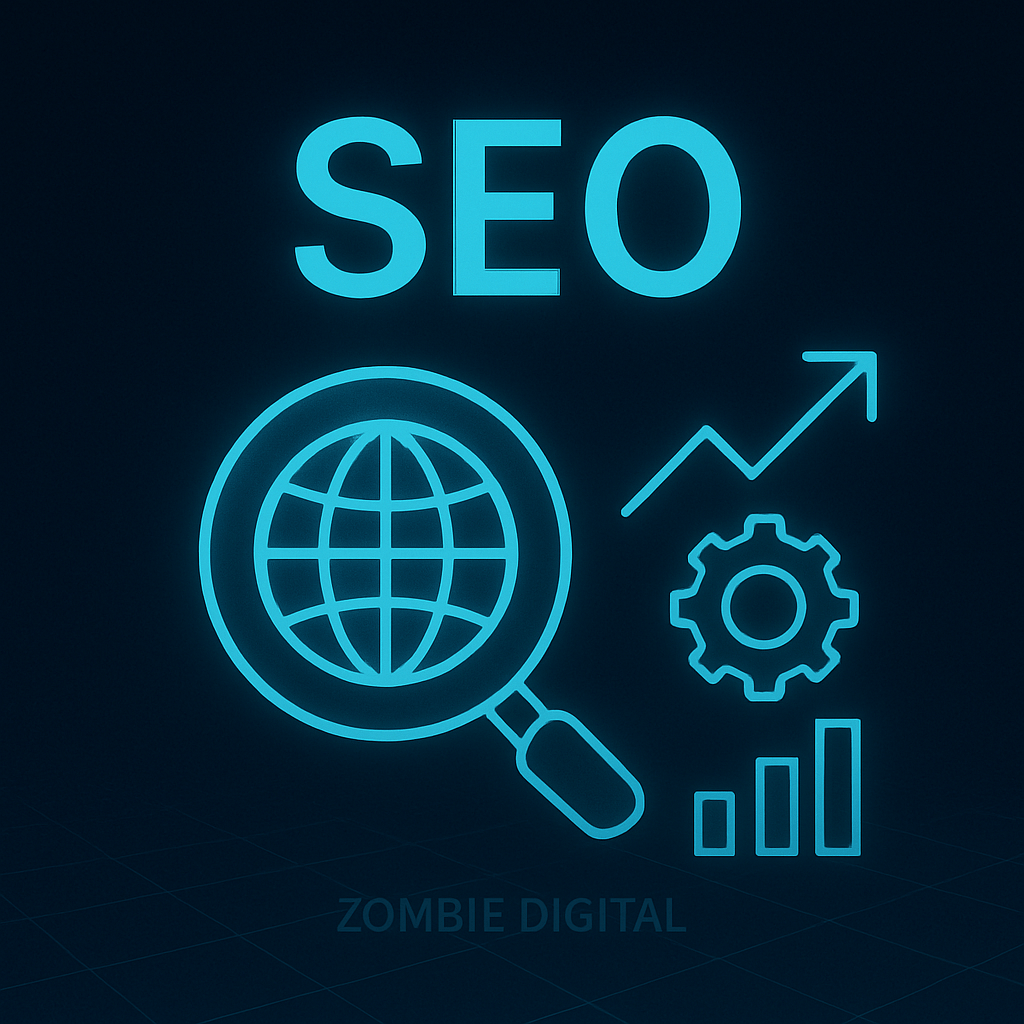Starting with SEO can seem tricky, but mastering it is crucial for boosting your website’s visibility.
Learning the basics of SEO will help you attract more visitors and improve your site’s search engine ranking.
By following smart SEO strategies, you can get your site noticed more quickly.

To see effective results, focus on essential tips like keyword usage, improving page load speeds, and optimizing mobile performance.
Each of these factors plays a significant role in how search engines rank your site.
Implementing strong SEO practices ensures your content reaches a broader audience.
This guide aims to equip you with 21 practical tips to make your site more visible in search results. Stay tuned to learn effective ways to enhance your site’s ranking and draw more traffic.
Exploring these strategies can boost your site’s performance in 2025 and beyond.

Mastering SEO basics is your first step towards improving your website’s performance.
Focus on effective keyword strategies and building credibility with search engines through E-E-A-T.
Keywords are crucial for connecting your content with what people search for on Google. It involves a process known as keyword research, where you find words and phrases that potential visitors might use.
Look for long-tail keywords. They are more specific and often less competitive, making it easier for your site to rank. Tools like Google’s Keyword Planner can help you find these.
Understanding search volume reveals how often a keyword is used.
Include related keywords to your content. These enhance your chances of appearing in SERPs by covering different search terms. Place them naturally in your titles, headings, and body text.
Remember, quality content that answers queries effectively will draw organic traffic to your site.
E-E-A-T, which stands for Experience, Expertise, Authoritativeness, and Trustworthiness, is vital for gaining credibility.
Google uses this framework to assess the quality of your pages.
Show your expertise by providing well-researched and accurate information on your site. This makes you a reliable source.
Build authoritativeness by earning links from reputable sites. These backlinks indicate other sites trust your content, which boosts your standing.
Improving trustworthiness involves secure websites (HTTPS) and positive user experience. Readable content, easy navigation, and a quick loading time help create trust.
Fostering these elements supports your site in ranking higher on search results, increasing visibility and traffic.

Creating a strong SEO strategy is crucial for improving your site’s ranking. To succeed, you’ll need to focus on key areas like on-page optimization, technical improvements, and off-page tactics such as backlink building.
On-page SEO involves optimizing elements directly on your site.
Keywords play a major role here. Identify the best keywords related to your content and use them strategically in your titles, headings, and body text.
Keep the content relevant and engaging to retain visitors.
Meta descriptions and title tags should be well-crafted to boost click-through rates.
Make sure images are optimized by using proper alt text and file names.
Internal linking helps distribute page authority and makes navigation easier for users.
Technical SEO focuses on how search engines crawl and index your site.
Site speed is essential; slow-loading pages can hurt your rankings. Use tools to test site speed and identify areas to improve.
Ensure your site is mobile-friendly, as more people browse on mobile devices.
A clear XML sitemap helps search engines understand your site’s structure.
Pay attention to HTTPS for better security and trustworthiness. Also, check for broken links and duplicate content, which can negatively impact your SEO.
Off-page SEO is all about building a strong online presence.
Focus on creating a high-quality backlink profile. Backlinks from credible websites add authority to your site.
Use link-building tactics like guest posting, partnerships, and outreach to increase your backlinks.
Social media marketing can amplify your content’s reach, helping it attract more links. Engage with your audience and encourage them to share your content.
Monitor your backlinks regularly to avoid harmful links that could affect your site’s rank.

User experience is a crucial factor in boosting your site’s ranking. Focusing on important elements like page speed, core web vitals, and mobile optimization can greatly enhance usability and engagement.
Page speed is vital for user satisfaction. Slow websites often lead to higher bounce rates.
Core Web Vitals are key metrics that Google looks at when ranking sites. These include:
Improving these aspects can enhance user experience, leading to better rankings.
Regularly monitor these metrics using tools like Google PageSpeed Insights or Lighthouse to ensure optimal performance.
Mobile optimization is essential since many users access websites via their phones.
Ensure your site uses responsive design, which adjusts layout based on screen size. This improves readability and navigation.
Test your site on various devices to ensure elements align correctly. Reduce file sizes and optimize images to boost speed.
Pay close attention to usability, ensuring buttons and links are easy to find and use.
A mobile-friendly site not only benefits users but also enhances your ranking, as search engines prioritize sites that meet mobile optimization standards.
Regular updates and tests help keep the site user-friendly and ranking high.

Creating content that resonates with users is essential for SEO success. By focusing on producing high-quality and relevant material, and utilizing internal links, you can enhance visibility and engage visitors effectively.
Your content should be both engaging and useful.
Start by researching what your audience is interested in. Identify popular keywords, and incorporate them naturally into your writing.
Break information into clear, short paragraphs and use headings to organize your text.
Focus on high-quality content by providing accurate, well-researched information.
Google’s helpful content update favors material that is truly beneficial to the reader rather than written solely for search engines.
Make your content link-worthy by using data, visuals, and examples to support your points.
Internal linking helps search engines understand the structure of your site while keeping visitors engaged longer.
Use relevant anchor text to link different pages within your website. This improves navigation and distributes page authority.
Maintain a logical link flow by connecting related topics. Ensure every link adds value to the user experience—avoid linking for the sake of it.
Regularly check for broken links and update them.
Consider creating a linking hierarchy to prioritize important pages, making it easier for both users and search engines to find essential content.

Mastering advanced SEO can greatly enhance your site’s performance. Key areas include using structured data to improve your site’s search presence and optimizing for voice search with AI-informed queries.
Schema markup is a code you add to your website to help search engines return more informative results. It improves how your page is displayed in SERPs by enabling rich snippets, which increases click-through rates.
Add schema markup to your HTML by using Schema.org types, like Product, Review, or Event. Different types provide context for search engines. For beginners, using a plugin or a generator tool can simplify the process.
A sitemap is crucial for SEO. A well-structured XML sitemap helps search engines index your site more effectively.
Create one using tools like Google’s Sitemap Generator to list the pages you want crawled. This ensures important content is indexed and reachable.
Voice Search Optimization (VOISS) is essential as more people use voice commands. To optimize, focus on natural language processing and understanding search intents.
Use conversational keywords that match how people speak.
Consider how AI responses impact SEO. Search engines use AI to provide quick answers directly in SERPs.
Make sure your content is clear and informative enough to be featured. Update your content regularly to stay relevant to users’ evolving needs.
These techniques can significantly influence your website’s visibility and ranking, driving more traffic to your site.

Assessing your SEO efforts is crucial to improving your site’s visibility. By leveraging analytics tools and gaining competitive insights, you can better understand your website’s strengths and areas to improve.
To monitor your SEO performance, tools like Google Analytics 4 and Google Search Console are essential.
Google Analytics 4 helps you study visitor behavior, track conversion rates, and measure engagement. It’s crucial to pay attention to metrics like page views and session duration to evaluate user interaction.
Google Search Console provides valuable insights into search traffic and keyword rankings. By analyzing click-through rates (CTR) and search queries, you can identify which keywords drive the most traffic to your site.
This tool also helps you understand how often your pages appear in organic search results and highlights technical issues affecting your visibility in search engines.
Understanding your competition is key to staying ahead.
Platforms like Ahrefs and SEMrush enable detailed competitor analysis.
These platforms track your competitors’ keyword strategies and backlink profiles. By examining their top-performing content, you can identify opportunities to enhance your own strategy.
SEO tools available on these platforms can help you understand web crawlers and how they index your site. They provide insights into which keywords are helping competitors rank and allow you to compare your site’s performance against theirs.
By measuring these metrics, you can adjust your strategy to improve your site’s visibility in search engine results.

Using local SEO and setting up your business profiles can boost your online visibility. Building a strong presence in your local area helps attract more customers and improve your search rankings.
Focus on local keywords in your content and meta descriptions. These are words or phrases people use when they search for local services.
Use tools like Google Keyword Planner to find the right ones. Add your address, hours, and contact info clearly on your website.
Customer reviews also boost your local search presence, so encourage happy clients to leave positive feedback online.
Listing your business on Google My Business is crucial. This service helps your business show up on Google Maps and local search results.
Keep your profile updated with your address, open hours, and photos. Respond to customer reviews, both positive and negative, to build trust and increase engagement. This interaction can positively influence your rankings.

As 2025 rolls in, staying on top of SEO trends becomes crucial. Embracing new practices keeps your site relevant, while adapting to algorithm updates ensures you maintain a good ranking.
Staying informed about emerging SEO practices is crucial.
Focus on user experience and mobile-first indexing. Ensure your website is mobile-friendly, as most users now search on their phones.
Social signals influence search rankings more each year. Engaging with users through social media boosts your site’s authority.
Voice search is growing too. Optimize content for how people speak by using natural language and question-based keywords.
Visual content is key. Include high-quality images and videos in your content marketing strategy. This attracts users and keeps them on your site longer, positively affecting organic search rankings.
Search engines constantly tweak their algorithms to improve results.
RankBrain, for example, is a machine learning component of Google’s algorithm that evaluates user interaction. By understanding user intent, you can tailor your content to meet those needs.
Content relevance is essential.
Regularly update your site with fresh, engaging content. Search behavior changes over time, so align your content with what users are searching for in 2025.
Monitor algorithm changes and modify your strategies accordingly.
Use online resources and join SEO communities to stay updated. These practices keep you competitive in the ever-evolving world of digital marketing.
Table of Contents